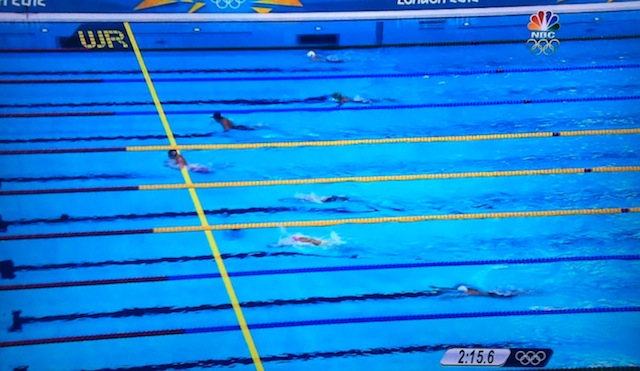ISI Chief Zaheer ul-Islam

WASHINGTON: The US and Pakistani intelligence chiefs held “productive” talks on Thursday on ways to work together to fight extremists, a US official said, in a new sign of easing tensions between the countries.
Lieutenant General Zaheer ul-Islam, the new head of the Inter-Services Intelligence (ISI) agency, is paying the first visit to Washington in a year by the leader of Pakistan’s powerful spy body.
Zaheer met Thursday with Central Intelligence Agency director David Petraeus and held “substantive, professional and productive” talks, a senior US official said on condition of anonymity.
“The talks provided an opportunity to discuss a number of proposals for how we can enhance our joint efforts against terrorism,” the official said.
“Both leaders reaffirmed their commitment to work together to counter the terrorist presence in the region that threatens both US and Pakistani national security,” he said.
The official did not go into further detail. The United States has been looking for ways to cooperate with the ISI, whose relationship with US spies has swung from friendly to hostile in recent years.
The remarks echo those of the US commander in Afghanistan, General John Allen, who on a visit to Pakistan on Thursday praised “significant progress” in improving cooperation between the two countries.
Pakistani intelligence and the military were humiliated in May last year when US forces secretly penetrated the country and killed the world’s most wanted man Osama bin Laden, who was living in the army town of Abbottabad.
Pakistan shut down supply routes into Afghanistan – its key form of support to US forces since the September 11, 2001 attacks – after US forces killed 24 Pakistani troops in a border raid in November.
Tensions have since eased, with Pakistan reopening the routes after Secretary of State Hillary Clinton last month apologised for the deaths.
Pakistan on Tuesday signed a deal to keep the border open to convoys until the end of 2015, by which time the United States plans to withdraw most forces.
Frustrated with Pakistan, US intelligence has defiantly carried out drone attacks deep inside the country, despite Islamabad’s protests that the unmanned strikes violate its sovereignty.
US officials have repeatedly pressed Pakistani intelligence over its alleged relationship with the Haqqani network, which is blamed for attacks in Afghanistan including a siege last year of the US embassy.

WASHINGTON: The US and Pakistani intelligence chiefs held “productive” talks on Thursday on ways to work together to fight extremists, a US official said, in a new sign of easing tensions between the countries.
Lieutenant General Zaheer ul-Islam, the new head of the Inter-Services Intelligence (ISI) agency, is paying the first visit to Washington in a year by the leader of Pakistan’s powerful spy body.
Zaheer met Thursday with Central Intelligence Agency director David Petraeus and held “substantive, professional and productive” talks, a senior US official said on condition of anonymity.
“The talks provided an opportunity to discuss a number of proposals for how we can enhance our joint efforts against terrorism,” the official said.
“Both leaders reaffirmed their commitment to work together to counter the terrorist presence in the region that threatens both US and Pakistani national security,” he said.
The official did not go into further detail. The United States has been looking for ways to cooperate with the ISI, whose relationship with US spies has swung from friendly to hostile in recent years.
The remarks echo those of the US commander in Afghanistan, General John Allen, who on a visit to Pakistan on Thursday praised “significant progress” in improving cooperation between the two countries.
Pakistani intelligence and the military were humiliated in May last year when US forces secretly penetrated the country and killed the world’s most wanted man Osama bin Laden, who was living in the army town of Abbottabad.
Pakistan shut down supply routes into Afghanistan – its key form of support to US forces since the September 11, 2001 attacks – after US forces killed 24 Pakistani troops in a border raid in November.
Tensions have since eased, with Pakistan reopening the routes after Secretary of State Hillary Clinton last month apologised for the deaths.
Pakistan on Tuesday signed a deal to keep the border open to convoys until the end of 2015, by which time the United States plans to withdraw most forces.
Frustrated with Pakistan, US intelligence has defiantly carried out drone attacks deep inside the country, despite Islamabad’s protests that the unmanned strikes violate its sovereignty.
US officials have repeatedly pressed Pakistani intelligence over its alleged relationship with the Haqqani network, which is blamed for attacks in Afghanistan including a siege last year of the US embassy.











